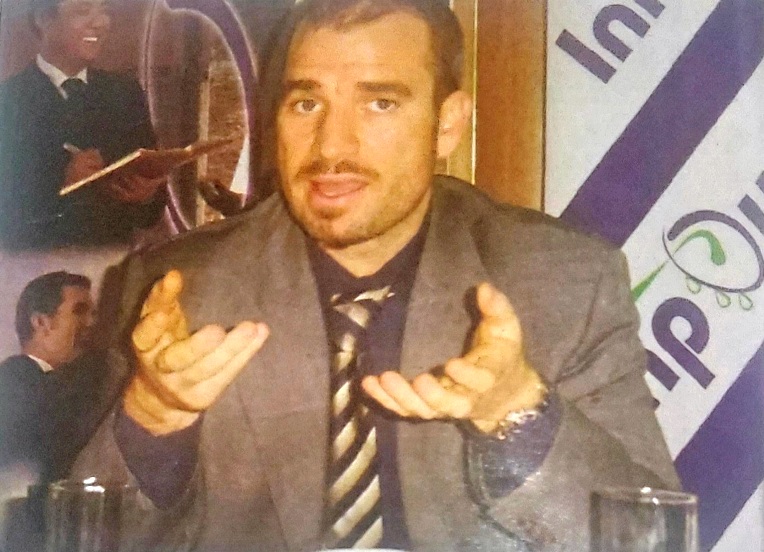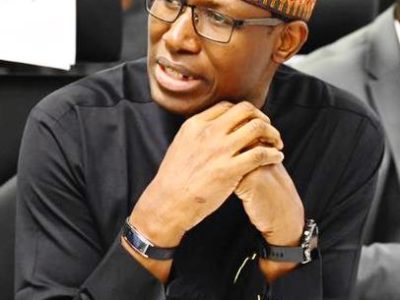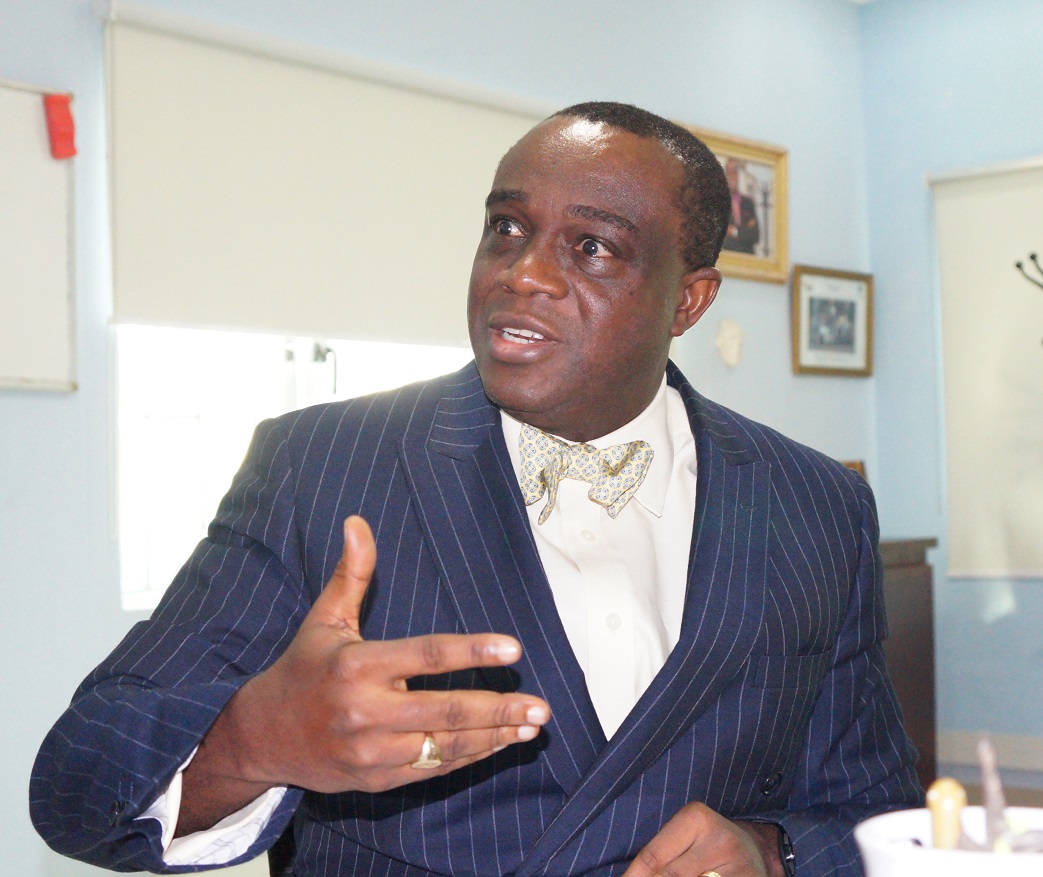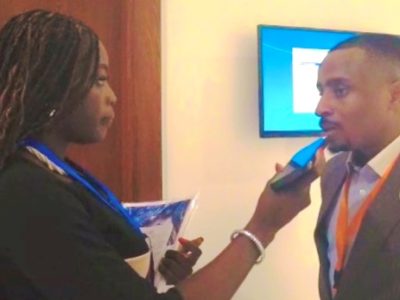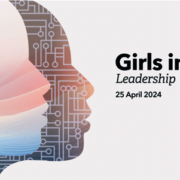Starcomms re-engineered some years back and came from the rear to become one of the few vibrant PTOs in the sector. Some weeks back, it got a new CEO and announced the exit of Dirk Smet who led its re-engineering team. Omar Lababidi spoke with MELVIN AWOLOWO before Smet left on the future of Starcomms.
Your performance in the last few months has certainly given you sizeable share of the market, what’s next on the table for Starcomms in terms of rollout?
As a private telecomm operator we have fixed wireless license and limited mobility license and these enables us to offer a range of services from fixed wireless voice, fixed wireless data to mobile voice and mobile data. All of these come with IDD facility for voice and data to allow us offer our customers a full range of international services. We have been able to leverage on the state-of-the-art technology to offer best services in all the locations we have deployed services. Right now, we are Lagos, Maiduguri, and by the end of the year we would be in Port Harcourt and most likely in Abuja. In the long run, we have plans to be everywhere. in a couple of years from now, hopefully, we will be the strongest fixed operator in Nigeria operating in the all-major cities with no less than one million subscribers.
Selling voice is no longer a catch on and like PTOs; Starcomms appears to have factored its growth on pushing Internet and other valued added services.
We have a good understanding of what the market wants and have unloaded many products in that line. Data is a growing market here and the internet is certainly a key service and that has influenced the different products we have introduced like the mobile data cards, the bonus systems; the real bonus and activation bonus and lots of others. We have invested in building a robust platform that would deliver all these services without hitch. All these reflect our vision for the industry and what kind of company we desire to be.
Talk is getting cheaper and the issue is moving from tariff to quality of service. How will you rate your QoS and customer care?
Our service quality is very good. We are recognized as one of the best in Nigeria and not just in Lagos. Our connectivity is really seamless and that is one area we do not have complaint yet. We are fine-tuning our customer care because we believe we must constantly evolve ways of serving our customers best.
An interconnectivity debt is a major issue in the industry. How does this affect you?
We are not affected because we don’t have any debt problems.
You mean no operator owes Starcomms and you do not owe any operator?
Exactly! We have no such issues.
Do you see Starcomms taking advantage of other technologies beyond data and voice technologies such as video on demand?
That is something we will get to very soon. We can’t stop technology and we can’t stop growing. Our business plan is based on offering services that meet the customers’’ expectations best. We can’t stop laying the infrastructures and deploying the technologies as they come to meet that goal. So very soon, you will see us offering such services.
As the image-maker for Starcomms, do you think Starcomms has become a household name or an acceptable brand?
We have become a major brand and an acceptable one. That has to do with our services; it is very good. This is good quality product that you need to use yourself and testify to. We have consistently maintained that good quality even as we increase our subscribers’ base. In doing this, we have earned a good name in the industry. Good quality is our number one commitment and the last thing we want to do is lose our name.
Did you envisage three years ago that you would get to where you are now? No! I never thought that in three years we would cover this distance. It is a very challenging industry and a very dynamic one too. We only had three thousand subscribers that time and I remember thinking just how we would get to twenty thousand subscribers. That it would be such a great thing to get that figure. Now, we have two hundred thousand subscribers and they don’t seem like pretty much.


